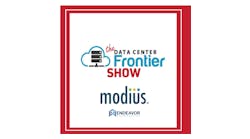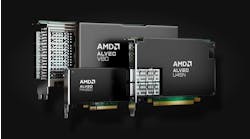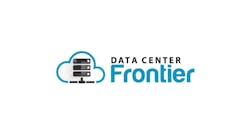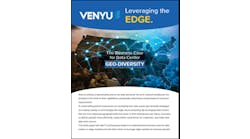The Renewable Energy Transition: Considerations for Today’s Data Center
Data centers are demanding more and more electricity to power AI and other advanced applications. AI and continued cloud adoption are the primary drivers of hyperscale data center growth. Rack density is rising as data centers adopt more power-hungry GPUs to support AI. GPUs can consume up to four times as much power as CPUs. Put another way, a traditional data center at full capacity requires only a quarter of the power needed to run AI workloads.
Gaining access to adequate sources of power for a data center facility is increasingly difficult. Additionally, obtaining the required on-site electrical infrastructure equipment such as generators, switchgear and other components remain constrained, with lead times of as much as two years or more. Some utilities estimate that it will take five years to provide the additional capacity data centers need, creating significant delays in data center development projects.
Sustainability is another countervailing factor. Data centers are increasingly concerned about direct and indirect greenhouse gas emissions and other environmental impacts. Internal objectives, market conditions, public opinion and policy mandates are driving commitments to achieve net-zero emissions.
Alternative energy lies at the convergence of these issues. Increasing supplies of alternative energy promise to ease power constraints while enabling data centers to meet their sustainability goals. However, getting this power to the data center remains a significant hurdle.
The Interconnection Challenge
At the end of 2023, some 2.6TW of power projects were seeking to connect to the electric grid, a 27 percent increase over 2022. Solar and battery projects accounted for 80 percent of this capacity and wind another 14 percent.
In other words, about twice the current U.S. grid capacity is waiting in the interconnection queue, according to data from Lawrence Berkeley National Laboratory. The line is long — generating projects face a five-year median timeframe between entering the interconnection queue and coming online.
New power generation projects must undergo an analysis to assess their potential impacts on the electric grid and identify necessary transmission upgrades. The results of the study determine the cost of connecting to the grid, which can significantly impact the feasibility of a project. Sometimes, developers withdraw from the queue if the costs are too high. Some grid operators have also set more stringent financial requirements to discourage speculation.
Exploring Alternative Energy Options
Upgrading and expanding the U.S. electric grid and increasing overall generation capacity, primarily with renewable energy, remain top priorities. Given the delays, however, many data center developers are looking at other options to power their facilities and reduce dependence on fossil fuels.
Power Purchase Agreements
In a power purchase agreement (PPA), a data center buys power from a third-party provider who builds generation capacity on the data center’s site. The data center gets power at a fixed rate, while the provider gets a guaranteed income.
PPAs are often used for renewable energy, typically solar power. Amazon, Google and other hyperscalers are the largest buyers of power through PPAs, which enable them to meet their sustainability targets.
Microgrids
A microgrid is a small-scale, self-sufficient energy system that powers a small area or single facility such as a data center. An intelligent central controller orchestrates the generation and distribution of power from multiple systems and optimizes power usage.
Microgrids generate electricity near where they’re used, reducing transmission losses, and can operate autonomously (island mode) or connected to the main grid. They also give data centers the flexibility to use alternative energy sources such as solar, wind and battery storage.
Repurposed Fossil Fuel and Nuclear Power Plants
About 150GW of coal and natural gas power plants have been retired over the past decade, with another 75GW slated for retirement in the next 10 years. These projects leave behind infrastructure that can be used to interconnect data centers to renewable energy generation.
Some hyperscale data centers are also planning facilities near nuclear power plants or are investing in small modular reactor technology. Technical challenges and an uncertain regulatory climate present roadblocks to nuclear power use.
Overcoming Obstacles
In light of these challenges, data centers need a strong and trusted partner to navigate the transition to renewable energy. With specific expertise in data center power generation and distribution systems, the Wesco team delivers a range of solutions from alternative energy sources to grid hardening and modernization. Wesco helps take projects from design to reality by seamlessly coordinating engineering services and materials.
Our supply chain capabilities lie at the center of these services. We maintain an extensive manufacturer network and have built a team of supply chain specialists who orchestrate the delivery of materials to meet project requirements. Wesco helps data centers overcome power obstacles and meet their sustainability objectives.

Alan Farrimond
Alan Farrimond is Vice President, Wesco Data Center Solutions. Alan is a seasoned data center professional with over 35 years of experience in the engineering and sales sectors. Throughout his career, Alan has held key leadership positions across the EMEA, APAC and North American regions. In his current role as VP of Data Center Solutions, he oversees global business development initiatives to expand Wesco's market presence.
To learn more, check out Wesco's new application guide.






